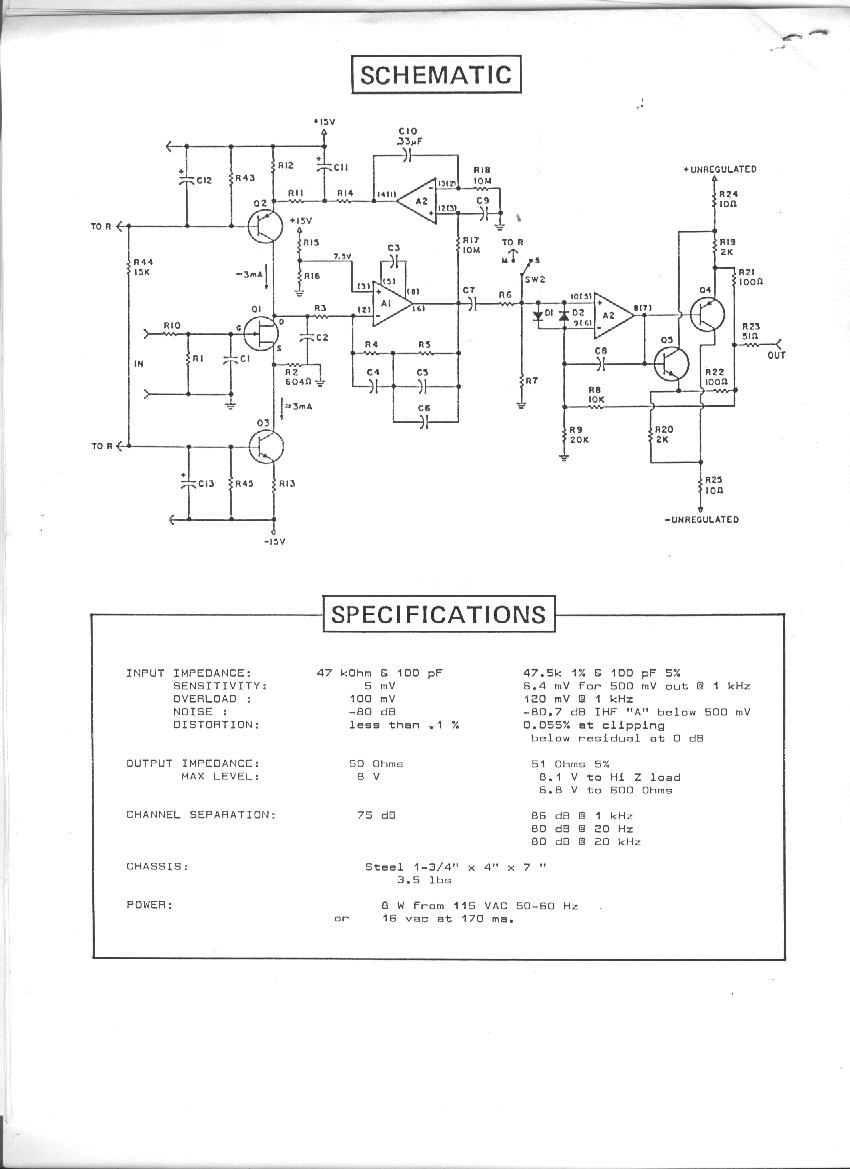thor.zmt
Well-known member
I noticed you're a big fan of Sziklai.
In many applications it is a better choice than classic darlington for similar parts count.
Note, "many" but not "all".
A Sziklai with J-Fet / Mosfet front stage and BJT back stage is possible, just as we can have a bipolar front stage and mosfet back stage (or J-Fet+ Mosfet) which extends it's usefulness even more.
Darlington and folded darlington (aka Diamond) are also very useful in specific applications.
Thor












